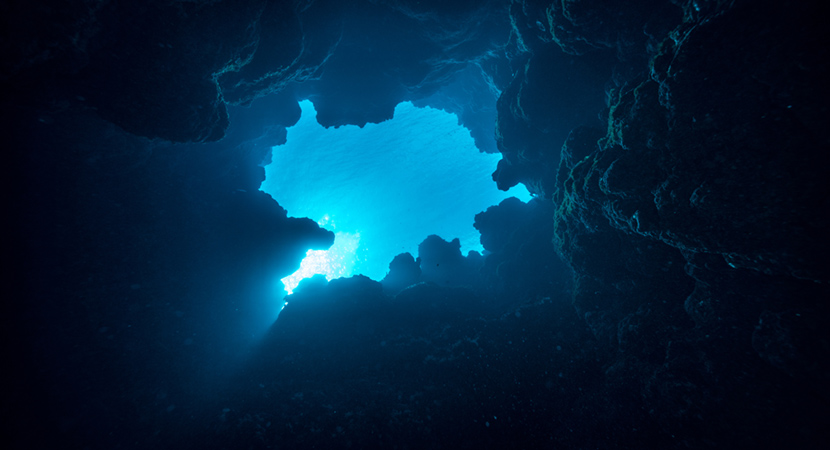Episode 02
A story about the end mills that made a satellite tough.
The key to boosting strength is in “integral molding.”
“Himawari,” a satellite that gathers weather data from orbit 36,000km above Earth. “Michibiki,” a positioning satellite essential to GPS for navigation systems and cell phones. Space explorers “Hayabusa” and “Akatsuki.” Right now, spacecraft with all sorts of missions are traversing distant skies. However, in order to complete these missions, many hurdles must be crossed. First there are the powerful vibrations and shockwaves created when launching or separating from the rocket. For instance, even Akatsuki—which is considered lightweight—weighs 500kg. During launch, acceleration ranges from 10 to 20G, and 5 to 10 tons of force are exerted on the spacecraft. Additionally, not only does space contain highly concentrated cosmic rays and other radiation, but there is also a 200°C difference between the side of the spacecraft facing the sun and the side that isn’t. In order to protect the delicate parts inside a spacecraft from this harsh environment and allow it to continue functioning properly, high strength specifications are required. It was NS TOOL’s end mills that were selected for the job of machining the aluminum forming the structural material of the satellite. Up to that time, a “certain part” was difficult to mold as a single part, necessitating manufacturing by connecting multiple parts. But by combining our end mills with the clients’ excellent processing technology, integral molding was achieved. The strength was boosted even higher while preserving aluminum’s characteristic lightness.

Contributions have also been made in advancing surveying of the exact opposite of space—the deep sea.
End mills aren’t just useful above the skies, but also in exploring the ocean depths—places even more steeped in mystery than space. Deep-sea surveying vehicles conduct operations such as researching biological resources there and monitoring movements of tectonic plates. Our tools contribute to increasing the watertightness of structural materials used in the ocean, where every 10m of depth increases water pressure by 1 atmosphere. Actually, NS TOOL is not always aware of “for what purpose” or “in what way” the tools we deliver are being used. Certainly, the level of confidentiality in the field of space exploration cannot be overstated. It was much later when we understood the purpose of the custom-made end mill we delivered. Despite this, we took pride in it. If you look up, the stars are still shining tonight. Perhaps one of those twinkling stars is the satellite that NS TOOL’s end mill is part of.



